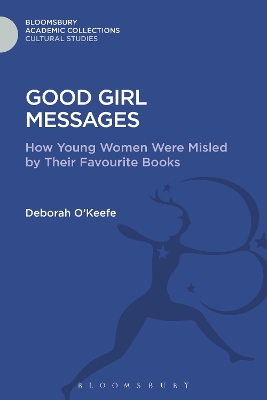Cultural Studies: Bloomsbury Academic Collections
1 total work
For much of the 20th century, books for children encouraged girls to be weak, submissive, and fearful. This book discusses such traits, both blatantly and subtly reinforced, in many of the most popular works of the period. Quoting a wide variety of passages, O'Keefe illustrates the typical behaviour of fictional girls - many of whom were passive and immobile while others were actually invalids. They all engaged in approved girlish activities: deferred to elders, observed the priorities, and, in the end, accepted conventional suitors. Even feisty tomboys, like Jo in Little Women, eventually gave up on their dreams and their independence.
The discussion is interlaced with moments from the author's own childhood that suggest how her developing self-interacted with these stories. She and her contemporaries, trying to reconcile their conservative reading with the changing world around them, learned ambivalence rather than confidence. Good Girl Messages also includes a discussion of books read by boys, who were depicted as purposeful, daring, and dominating.
The discussion is interlaced with moments from the author's own childhood that suggest how her developing self-interacted with these stories. She and her contemporaries, trying to reconcile their conservative reading with the changing world around them, learned ambivalence rather than confidence. Good Girl Messages also includes a discussion of books read by boys, who were depicted as purposeful, daring, and dominating.
